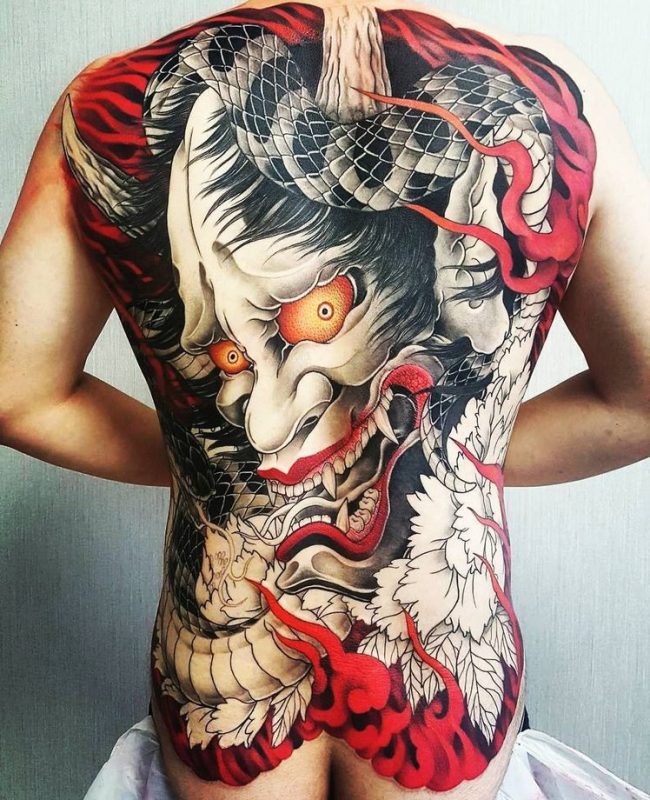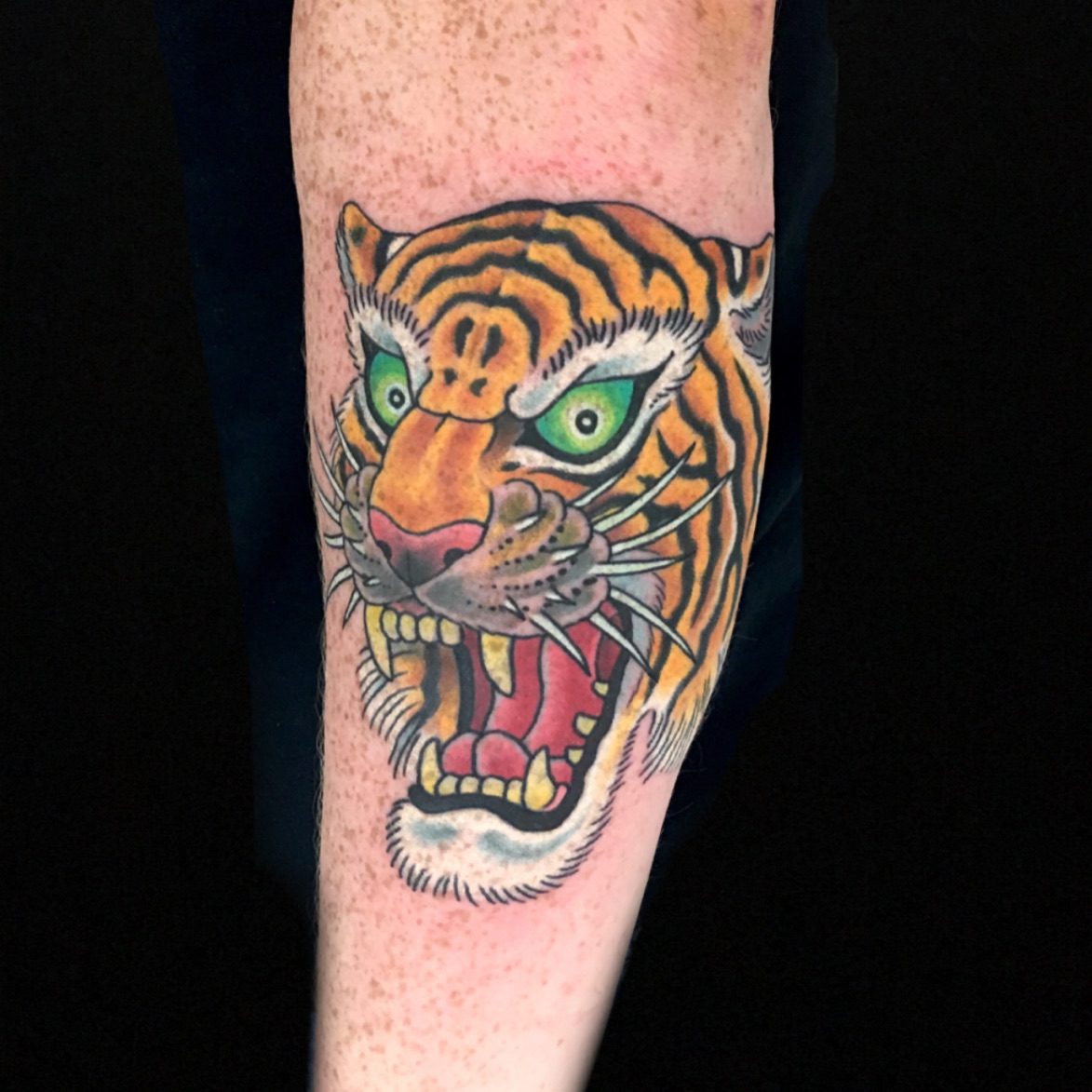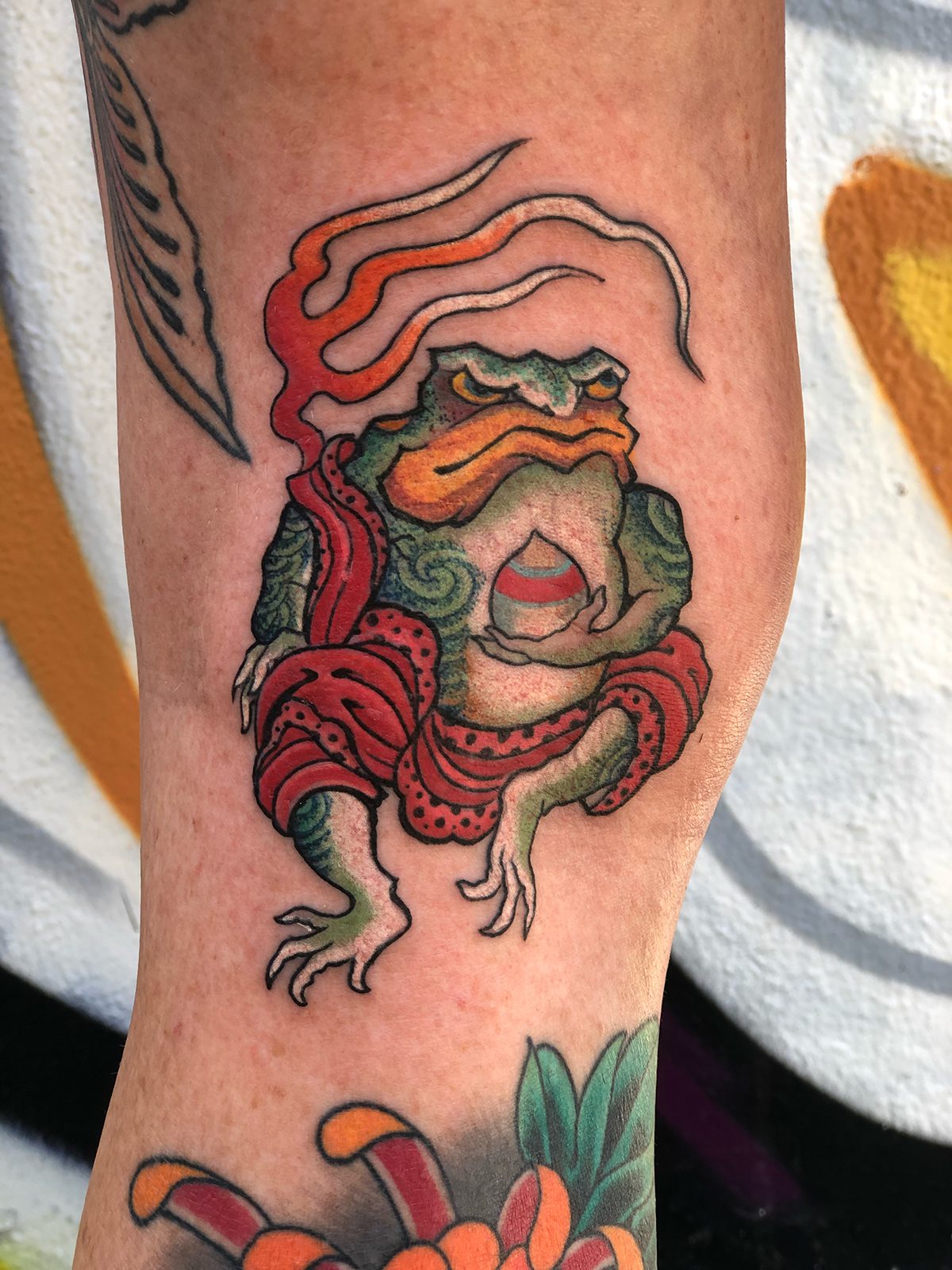
Style Guides: Japanese Tattoos
Contents:
- Мanagement
- Styles
- Japanese
In this article, we explore the stylistic elements and influences in the Japanese tattoo world.
- aesthetics
- Tools used
Japanese tattoo style (commonly called Iredzumi, wabori or Harimono) is a traditional tattoo style that originated in Japan. This style is easily recognizable by its distinctive motifs, bold strokes, and legibility.
To the west of Japan, in Europe and the United States, we often see Japanese tattoos as large scale work on their own, such as on the sleeve or back. However, the traditional Japanese tattoo is one single tattoo that occupies the entire body in a kind of suit covering the legs, arms, torso and back. In this traditional bodysuit style, a single strip of intact skin is left visible from the collar line to the navel to prevent the wearer's tattoos from being visible in the kimono.
aesthetics
The aesthetics and themes of these works are said to have originated from woodcuts. Ukiyo-e era in Japan. Ukiyo-e (which translates as Pictures of the floating world) works of art are inextricably intertwined and are referenced in the vast majority of what we know about Japanese art and culture.
The remarkably colorful, flat perspectives, graceful illustrative lines, and unique use of negative space were meant to inform not only European artists such as Monet and Van Gogh, but also craft movements such as Art Nouveau and Japanese tattooing.


Motives and themes
Most Classic Ukiyo-e the motifs we see in tattoos today include Japanese folklore figures, masks, Buddhist deities, famous samurai, tigers, snakes and koi fish, as well as mythical creatures including but not limited to Japanese dragons, kirin, kitsune, baku, fu- Great Danes and Phoenix. . These items may stand alone in the foreground or, more often, paired with flora or another element (such as water) as a background. As with many aspects of Japanese tattooing, the meaning or symbolism of the work depends on the colors used, the placement, and the accompanying images surrounding the main concept.
During the early days of tattooing in Japan, body work was done by hand using a long bamboo or metal instrument with a needle attached to the tip. Although most artists today use machines to apply Japanese tattoos, there remain many who maintain the tradition of non-electric hand application or tebori by continuing to offer this method. Those who are interested in getting an authentic Japanese tebori tattoo can look here and here to get started.
Today, Japanese-style tattoos are worn not only by the Japanese, but also by many tattoo collectors for their beauty, fluid composition, and symbolism. Looking for a tattoo artist specializing in this style and don't know where to start? We will be happy to help you find the right artist for the job.
Cover image: Alex Shved
Leave a Reply